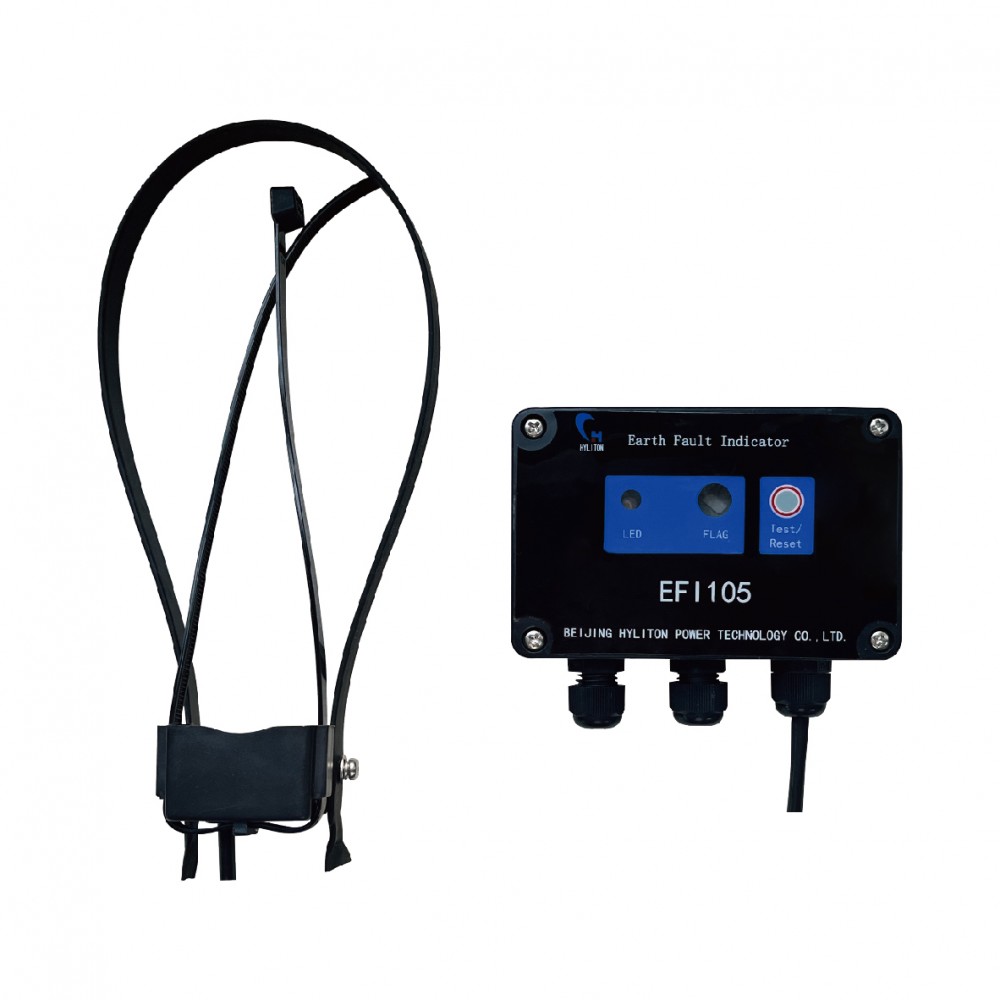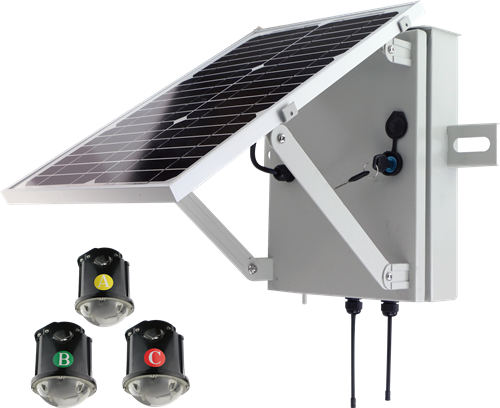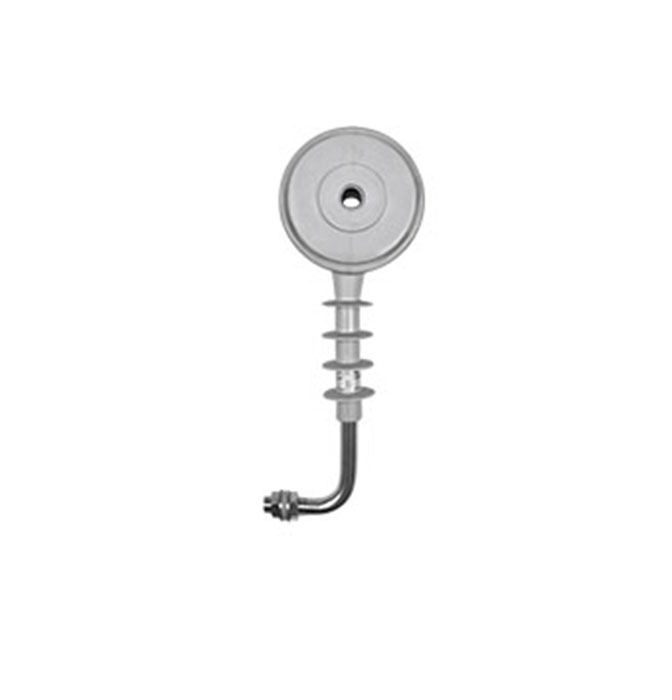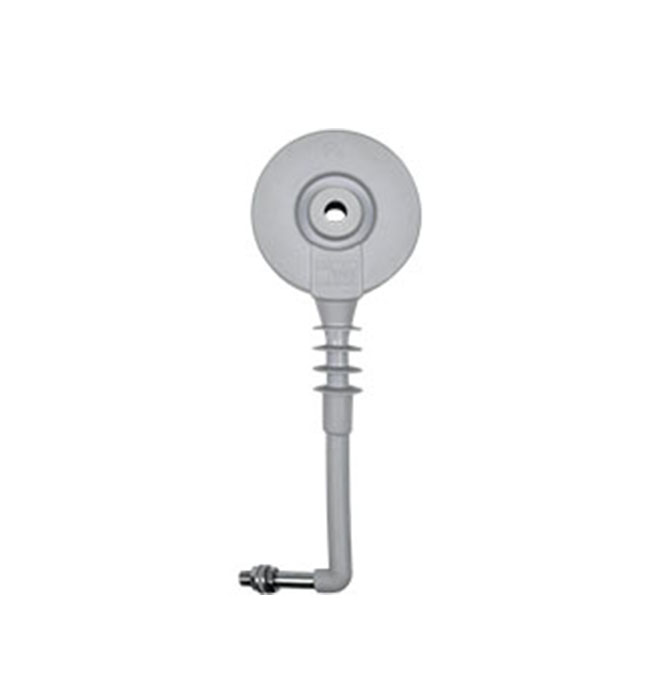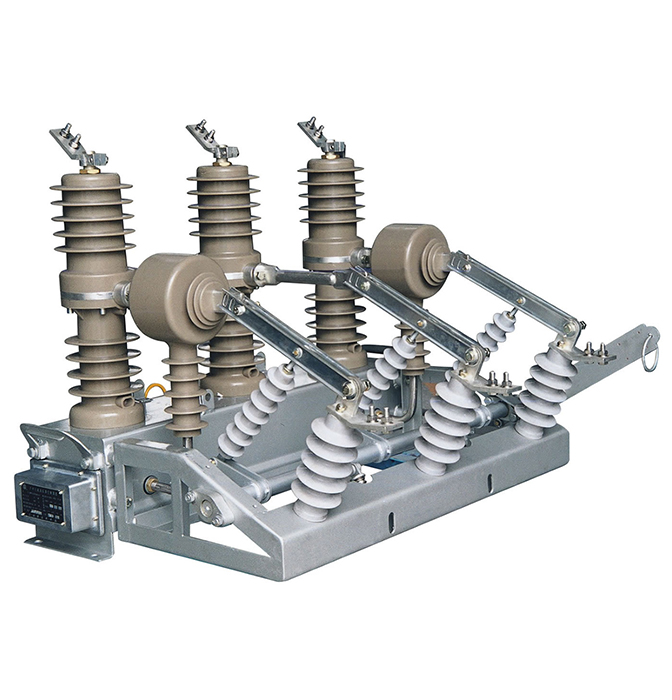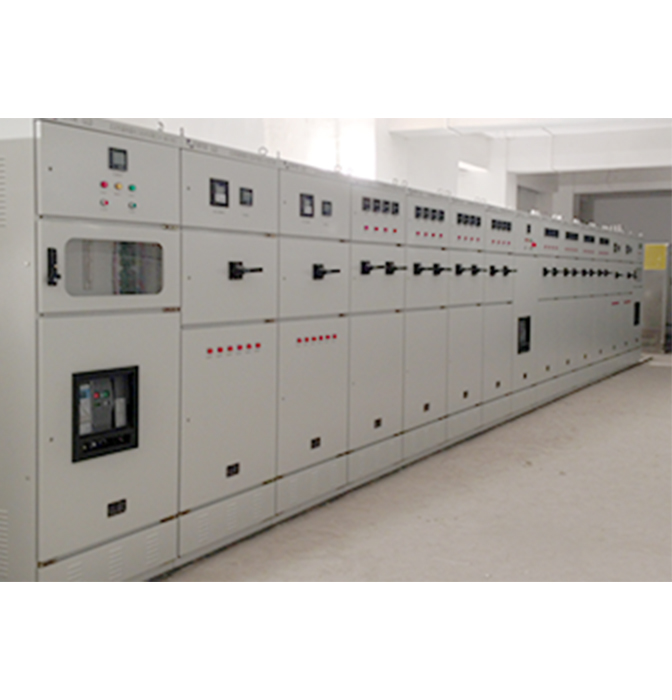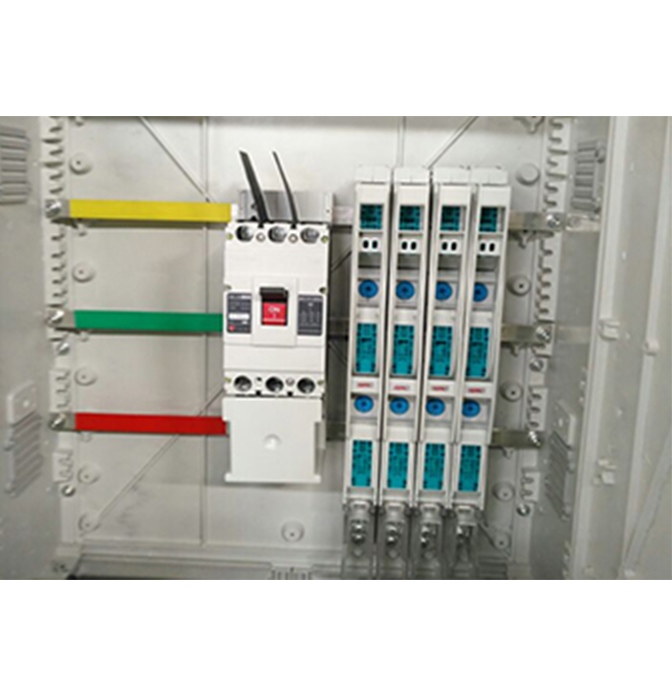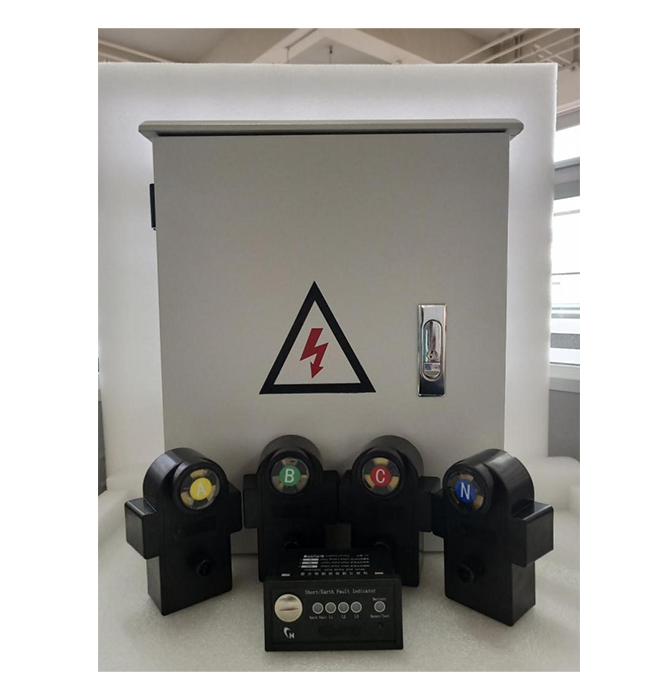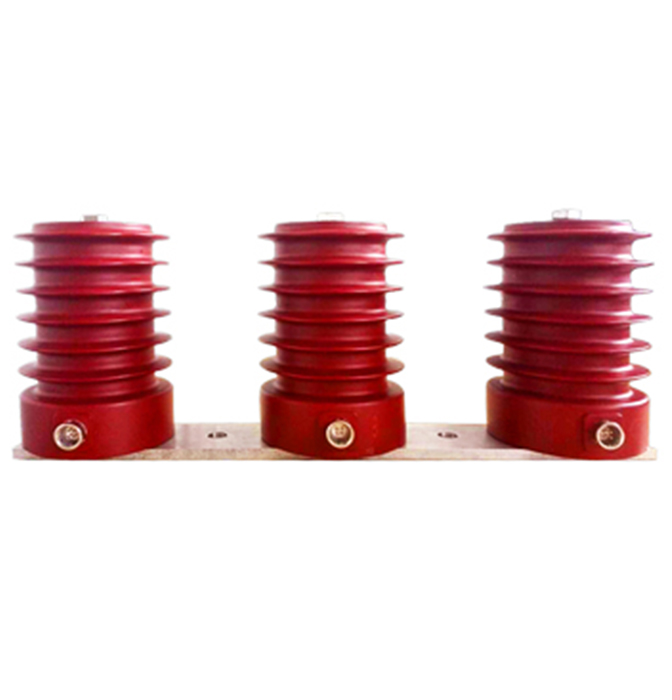Pacific Power Completes Grid Modernization, Smart Grid Upgrades
Pacific Power, a unit of PacifiCorp, said it continues to develop a strategy to attain long-term goals for grid modernization and smart grid-related activities to continually improve system efficiency, reliability and safety, while providing a cost-effective service to customers.
The company said that traditional infrastructure solutions can be the most affordable and beneficial solutions for Washington customers and will continue with a common sense approach in implementing smart grid technologies.
Pacific Power said that it has completed, is monitoring, or is developing grid enhancement initiatives that include projects and initiatives undertaken in its six state service territory and the potential benefits or opportunities specific to each individual state and its customers:
· Advanced metering infrastructure initiatives include: AMI in Oregon – Implementation in Oregon of an automated two-way metering infrastructure for network data and information about power consumption for customers
· Transmission network enhancement initiatives include: Dynamic line rating – ongoing data analysis and assessment to increase the efficient use of existing transmission assets
· Substation enhancement initiatives include: Centralized energy storage – use of a distributed energy resource template to screen the feasibility of DER solutions as alternatives to traditional solutions for system reinforcement issues; distribution substation metering – introduction of a pilot program to enhance monitoring of substation loading and power quality at non-Supervisory Control and Data Acquisition substations
· Distribution automation and reliability initiatives include: Distribution automation feasibility study – development of criteria for targeted distribution automation, screening circuits with given developed criteria, and evaluating cost benefit; distribution management – offering a standard option of a fuse saving device and evaluating integration into SCADA management systems
· Demand-side management initiatives include: Irrigation load control – pilot programs in Oregon and California to determine grower acceptance of load control programs and cost; time-based pricing – increasing participation rates in irrigation time-of-use pilot in Oregon
· Distribution network enhancement initiatives include: Institute of Electrical and Electronics Engineers 1547 Standard – an update on the IEEE process to introduce guidelines for smart inverter implementation
The company said that it has installed and operated 1.2 million automated meter reading meters in its Utah, Washington and Wyoming service territories, and that those installations have been successful in reducing meter reading costs, reducing meter energy losses, improving employee safety, and increasing the overall quality of service to customers.
Of DLR, the company said that such systems use sensors to monitor the conditions that impact the real-time temperature of a transmission line or lines, and use that measured data to calculate the real-time thermal capability of the lines.
Two DLR projects were implemented in 2014, and a third thermal replicating relay project will be evaluated this year, the company said. The first DLR project, the Minors–Platte line project, is complete and the rating of the line has been modified to reflect the correlation between wind generation in the area and the cooling effects of wind on the line, the company said. The second DLR project, the West-of-Populus project, is currently being monitored for effectiveness and application to real-time operations, the company said.
The West-of-Populus location is comprised of three 345-kV transmission lines west of the Populus substation in southeast Idaho with a combined length of 147 miles, Pacific Power said. In 2013, that location was identified as needing transmission expansion during the company’s normal transmission planning process, and DLR was determined to be an applicable solution, the company said.
Pacific Power said that it is investigating the third project, which is the use of thermal replicating relaying devices in the Soda Springs area of Idaho; the loss of two transmission lines in that area would overload a third line until remedial action is taken.
Of the DER template deployment initiative, the company noted that the project involves creating a tool that can be used by transmission and distribution planners to screen system issues and quantify the feasibility and affordability of a DER alternative solution in comparison to traditional solutions. The company also said that a DER alternatives template was created in a Berkshire Hathaway Energy cross-platform initiative that, given a few input parameters common to traditional solution analysis and solar data, provides a feasibility assessment and cost comparison for solar, battery storage and demand response solutions.
The company said that the screening tool utilizes input parameters, such as hourly facility load data. A new study has been commissioned to refresh the battery storage costs and results are expected by the end of the year, Pacific Power said, adding that once results are finalized, costs will be updated in the DER alternatives template.
Discussing interconnection standards and smart inverters, the company noted that IEEE 1547 was established as the national standard for the interconnection of distributed energy resources by the Energy Policy Act of 2005; the IEEE 1547 (2003) Standard for Interconnecting Distributed Resources with Electric Power Systems is a family of standards that serve as the interconnection standards for DER and address the technical and test requirements for systems less than 10 MW.
Pacific Power added that it is an active member of the IEEE 1547 working group and continues to support the standards’ revision process. The working group is in the process of drafting a complete revision of the standard that will allow DER to have a more significant contribution to the local energy company’s electric power system, the company said.
The company noted that in addition to modifications throughout the standard, three sections of IEEE 1547 are undergoing significant changes, including Clause 4.1.1 – Voltage Regulation. The final draft of IEEE 1547 is expected to be balloted in 4Q16, published in 2Q17, and approved in 2018, Pacific Power said.
Among other things, the company said that it continues to experience slower-than-anticipated growth of electric vehicles in its service territory, and that it continues to engage with its stakeholders to facilitate public charging infrastructure development and opportunities.
The UTC in June issued a notice of inquiry into issuing a policy-interpretative statement describing UTC policy related to utility investments in electric vehicle supply equipment, the company said, adding that it submitted comments in response to the questions posed by the UTC and will continue to monitor developments in the docket and form its Washington electric vehicle strategy accordingly.
 Email:
Email: 



